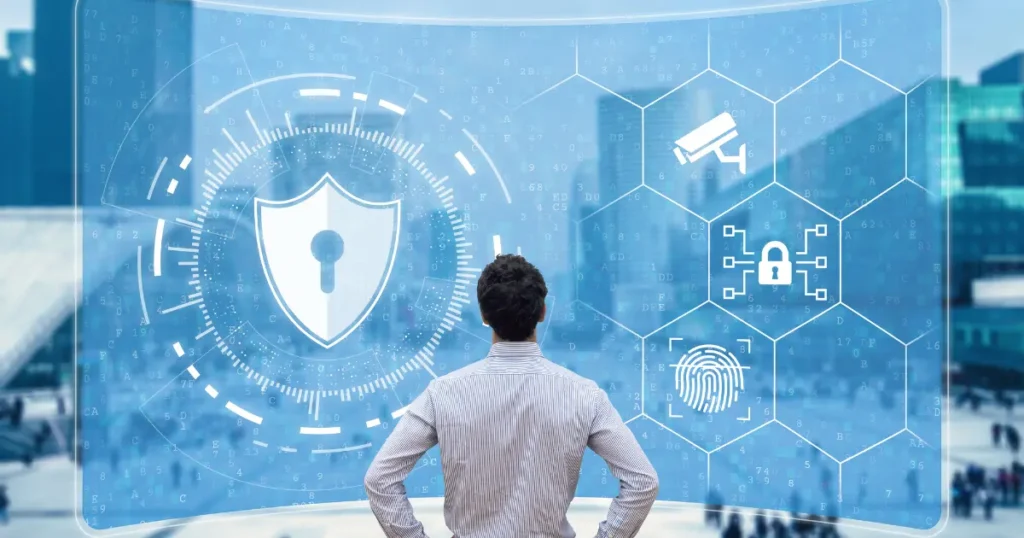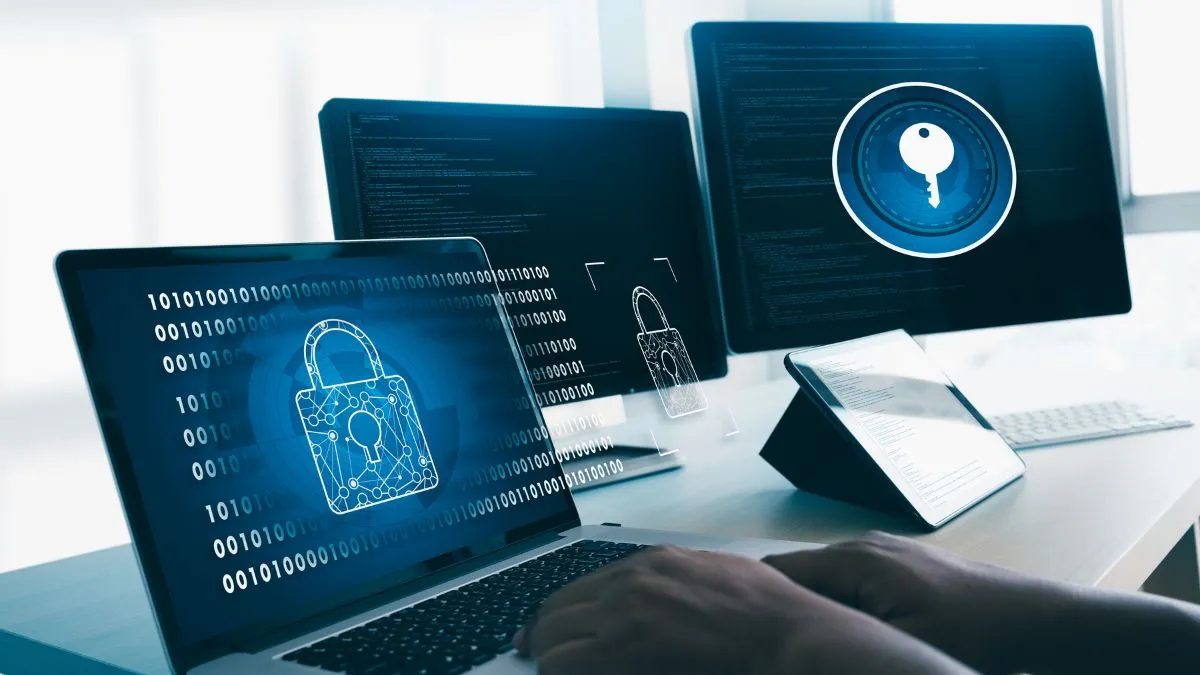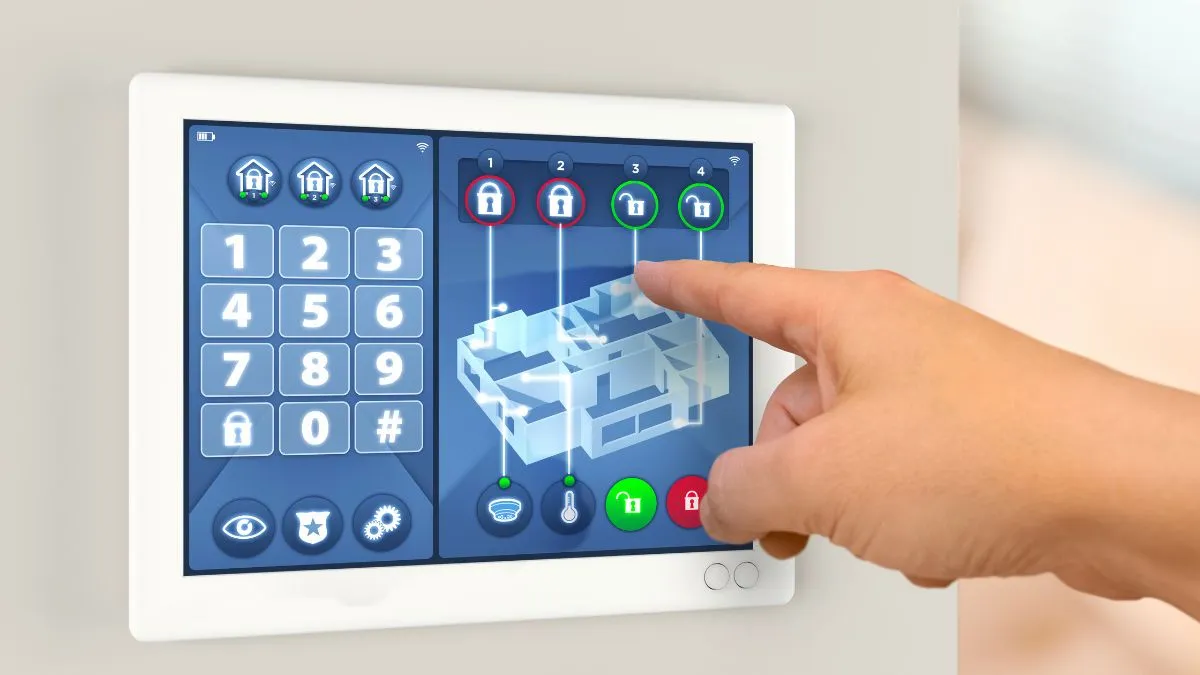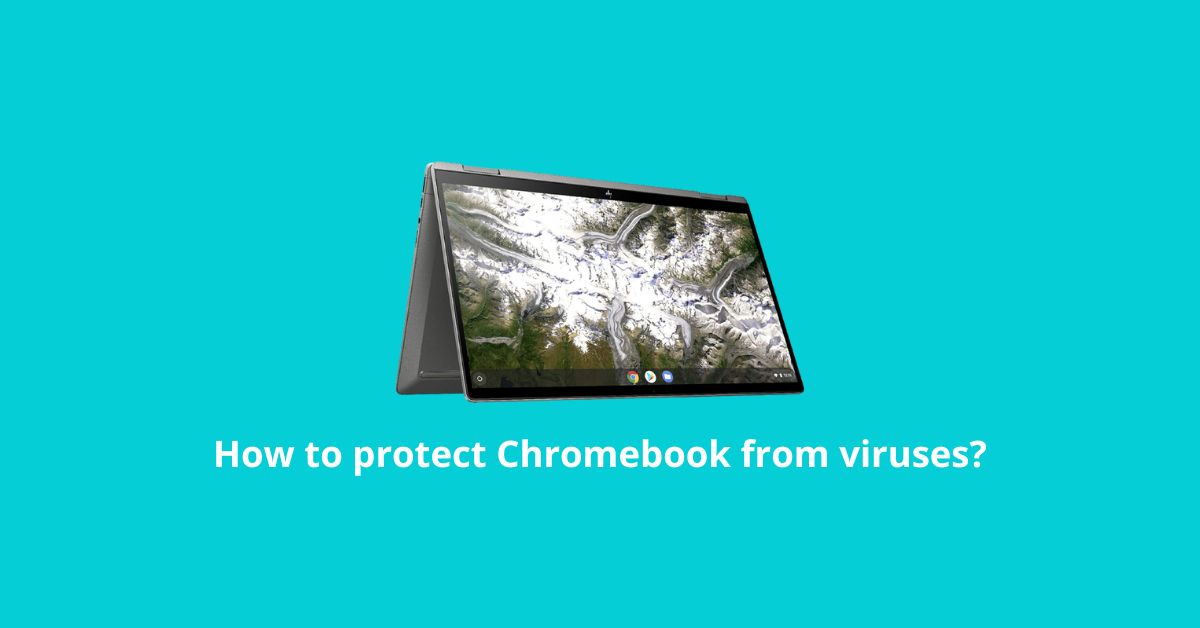The modern threat landscape has become more chaotic than before. Recent tech advancements have led to a huge increase in cybersecurity issues. It has made threat actors more sophisticated. They have expertly adapted their strategies to counter the measures against them.
The victims of their attacks are common people who don’t know the basics of internet security. The only way out is proactive protection. Many security risks are identifiable and preventable.

Knowledge is key to recognizing and eliminating the risks. It’s critical to know common threats surrounding us and how to address them. This article will highlight the five most pressing challenges of today and how you can protect yourself against them.
1. AI Phishing Attacks
Also called AI-powered phishing, these attacks use AI and machine learning to create compelling phishing attempts. These attacks can easily make a common man disclose their sensitive data. This includes financial details, login credentials, and more.
An example of this kind of attack is using AI to create highly convincing emails. They appear as if they have a trusted source. But actually, they are phishing attempts to acquire your sensitive details.
How to Protect Against AI Phishing Attacks?
To defend yourself, use 2FA for added protection. Also, keep your security systems updated at all times. Ensure that you always confirm the identity of the one sending you emails. It’s best to become cautious when your email has unexpected links.
2. Identity Thefts While Streaming
Streaming platforms have become the cornerstone of modern entertainment consumption. They give access to a huge catalog of TV shows, movies, and songs. Many of them let you download content to view or listen offline.
Besides the official platforms we all know about, there are also many unofficial ones. Apps like Kodi and platforms like IPTV Smarters Pro, though not present on any app store, offer access to a vast collection of content. The IPTV Smarters installation guide, for instance, is relatively straightforward, granting users access to diverse content with just a few clicks.
Similarly, installing third-party Kodi add-ons like Shadow and Asgard makes it possible to stream an array of shows, live TV, sports, and movies.
It’s vital to note that while these platforms offer diverse content, they might not have the same security profile as official apps. They can thus create vulnerabilities that can put your security at risk. If your personal data through them gets into the wrong hands, it can be used for activities like identity theft and cyberstalking.
How to Protect Against Identity Thefts While Streaming?
Use a trusted VPN while streaming through unofficial platforms. It gives you an extra layer of security for what you do online. A VPN also guards your personal data when you’re online. You also need good security software that monitors your activity and alerts you of any suspicious behavior.
3. Man-in-the-Middle Attacks
Man-in-the-middle or MitM attacks are also one of the key mobile cyber security challenges today. Mobile devices have become less secure because of clever attacks like these. In such an attack, the criminal intercepts network communications to learn or change the data that is transmitted.
SMS messages on mobile devices can be intercepted very easily. Also, many apps use insecure HTTP to transfer sensitive data. For these attacks to happen, the person just needs to be connected to an unencrypted network. It can be a public Wi-Fi or a cellular network.
When an attacker intercepts that person’s online activity, they can then get financial data easily. The person will divulge crucial details freely. They think that they are talking with someone with good intentions.
How to Protect Yourself Against MitM Attacks?
Never connect to a spotty internet connection. Be aware of your digital surroundings to keep your mobile device safe. Protect your home router with a robust passphrase. It will keep your Wi-Fi connection safe.
Also, use a VPN if you are linking to a public or an insecure Wi-Fi. It will encrypt your online activity and prevent anyone from accessing your personal information.
4. An Increase In Hacktivism
Hacktivism is the name for an attack on people or companies. The intent is to fulfill activist agendas. Hacktivists do political or social activist acts. They attack via various hacking methods that enable them to access personal computers.
Through these methods, they can gain sensitive information about the individual or an organization. These people attack any entity that they perceive as wrong or bad. Hacktivism stems from a person or group’s perception of what they think is wrong.
Their motivations can be revenge or social or political incentives. Some hactivists are also motivated with a desire to embarrass particular people or firms.
How to Protect Yourself Against Hacktivism?
It’s possible to prevent hacktivist attacks through several measures. Chief among them include auditing your monitoring system regularly and using 2FA for login websites. Investing in a quality firewall is also a step in the right direction.
5. IoT Attacks
IoT has become immensely important today. It enables access to data anywhere, anytime. Internet of things are hardware or products with electronics, sensors, and software. They keep and send data over the internet to other platforms.
An IoT attack is an attack on the internet of things systems. Such a system consists of physical devices, buildings, and other things built into the software. Some common IoT attacks of today include device spoofing, DDoS attacks, malware, and password cracking.
The major ways through which IoT devices are attacked are weak passwords, low protection in cloud storage, and outdated IoT software. A connection to an unsecured Wi-Fi network also increases the risk of these attacks. IoT attacks have the potential for massive financial losses. So, it is essential to be aware of the risks and take suitable security measures.
How to Protect Yourself Against IoT Attacks?
Protection against IoT attacks starts with protecting your IoT devices. Use strong passwords and keep your software updated. Use 2FA to make it harder for anyone to access your device. Also, use a VPN to keep your device protected from being intercepted.
Summing up
Cyberattacks are increasing with advancing technology. So, being aware of them is crucial to safeguarding yourself and the digital ecosystems. We cannot say that these cyber challenges will not grow in the future. But taking the steps to defend yourself against them will help you keep yourself safe.





